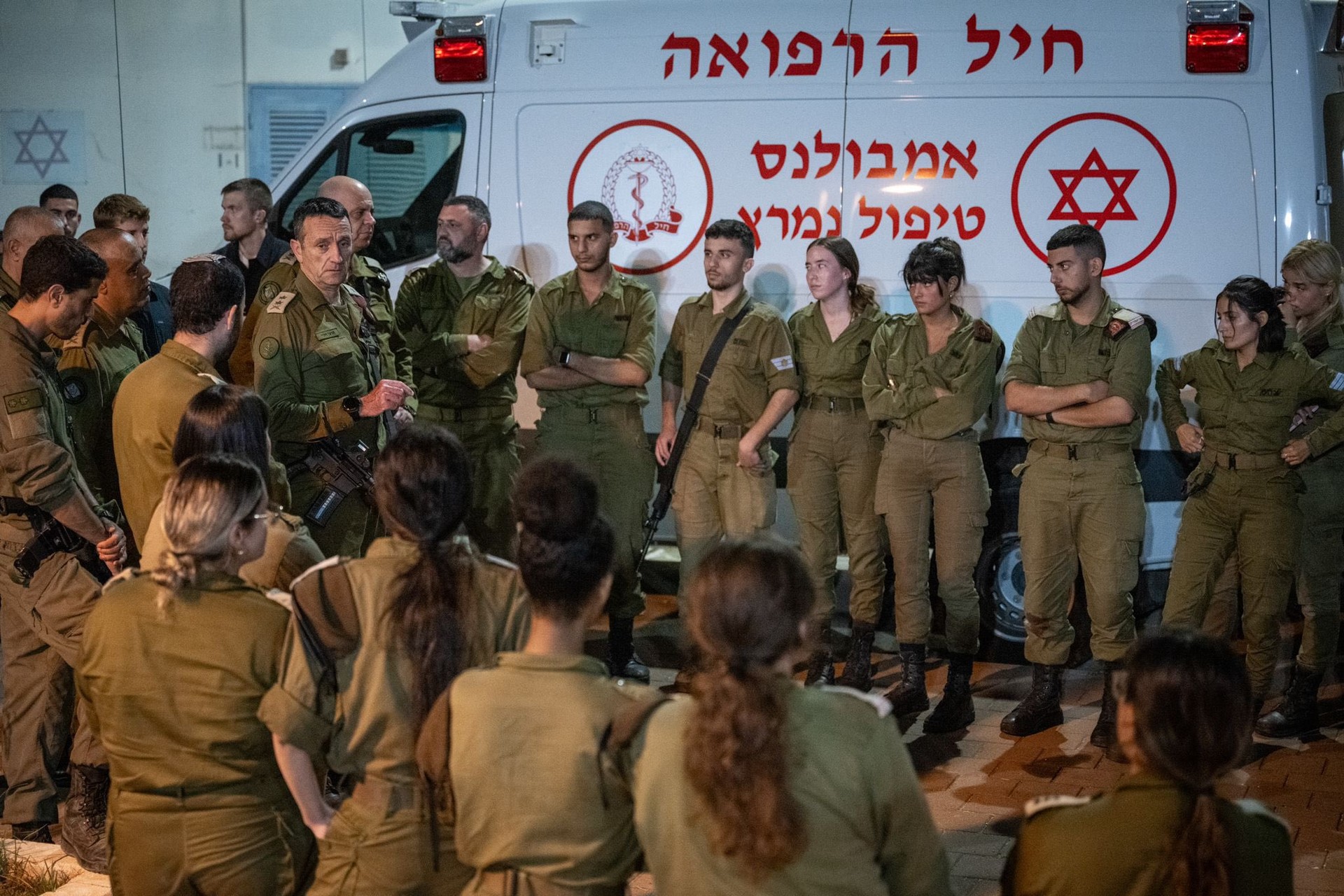
The Israel-Palestine conflict has sparked intense media coverage, which has also shaped how the world views the war.
CNN recently explored the psychological trauma experienced by Israeli soldiers returning from Gaza, focusing on their struggles with PTSD.
While it’s important to acknowledge the mental toll of war, this narrow focus raises questions:
Western media often centers on Israeli narratives, sometimes portraying soldiers as the primary victims, which can distort the broader reality. Unfortunately, the international narrative risks becoming dangerously one-sided as Israel’s military campaign continues, resulting in mass civilian casualties.
Most of those killed in this war are civilians – women and children – yet their suffering is too often overshadowed by coverage that focuses elsewhere.

The portrayal of the Oct. 7 Hamas attack as the singular cause of violence oversimplifies the situation and even justifies the civilian deaths.

Israeli airstrikes have decimated large parts of Gaza, including areas designated as "safe zones" where civilians are supposed to find refuge. On Oct. 14, displaced Palestinians were burned alive in a tent encampment outside Al-Aqsa Martyrs Hospital during an Israeli airstrike.
These so-called "safe zones" often become civilian death traps, with civilians caught in the crossfire despite claims that the IDF takes steps to avoid harm.
However, major outlets like CNN rarely delve into Israel’s repeated violations of international law or the mass civilian deaths and casualties resulting from these strikes. Instead, Western mainstream media's focus remains largely on the toll it has taken on Israel, leaving the suffering of Gazan civilians and civilian deaths underreported.
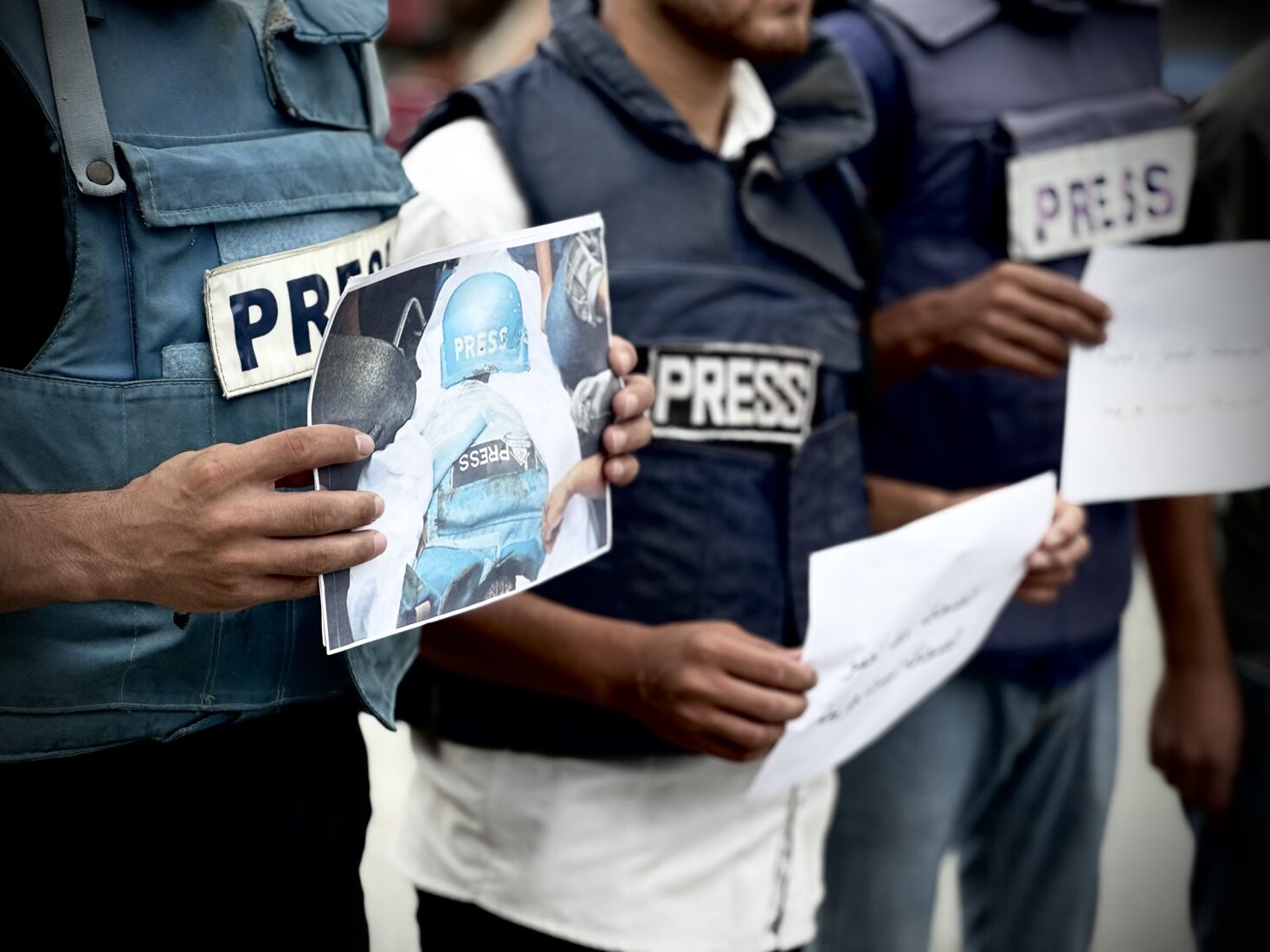
One of the most alarming aspects of the conflict is the deliberate targeting of children, civilians and journalists.
These actions, which violate international law, paint a grim picture of Israel’s military strategy.
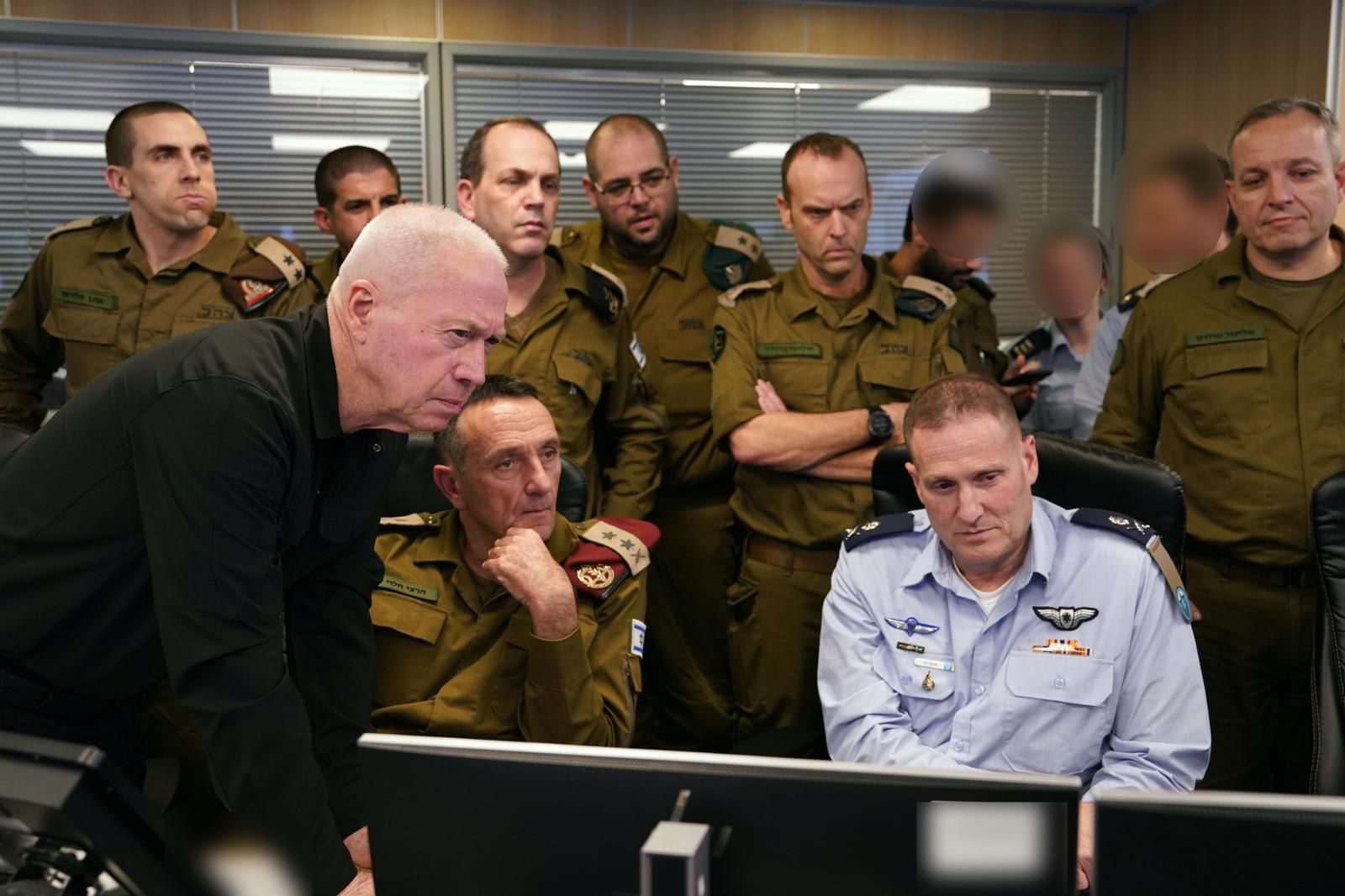
In their coverage, CNN highlighted the psychological toll on Israeli soldiers who struggle with PTSD after witnessing the horrific aftermath of war, including the civilian deaths. They stated, "there is no post in Gaza"– a grim reminder that Palestinians are still living through the bombardments, blockades, and extreme violence, with no real respite.
Despite this, the Israel Defense Forces (IDF) continues to frame its operations as necessary and dismisses the psychological burden on its own forces. Soldiers reportedly struggle with these experiences, but the leadership pushes the narrative of retaliatory action, sidelining the mental health toll on their personnel. They are also not revealing the allegedly increasing number of soldiers who have committed suicide since Oct. 7.
This stark reality makes it difficult to even discuss post-traumatic stress for Gaza's civilians. For them, trauma is ongoing, with no sense of closure or safety, exacerbating the horrors they face daily with numerous civilian deaths every day.
While PTSD is a significant issue for soldiers, focusing solely on this aspect misses the broader and more urgent crisis facing Palestinian civilians.
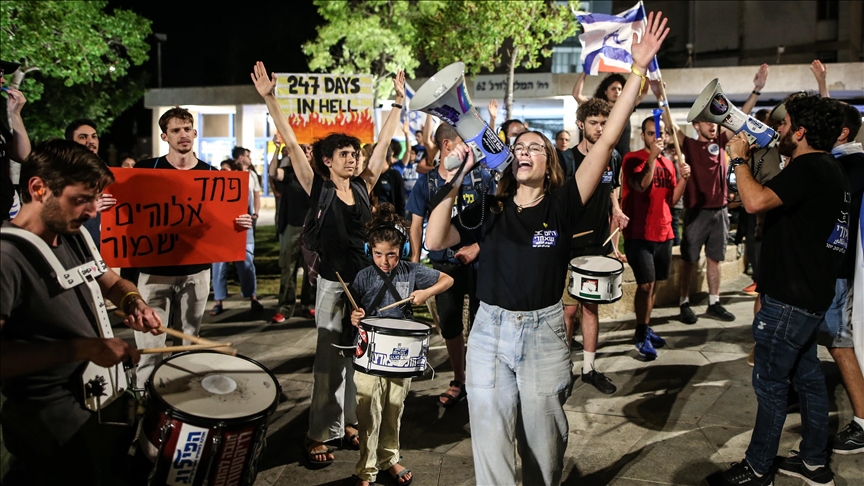
According to a 2024 Pew Research survey, a significant portion of Israelis support the IDF’s military operations.
However, these statistics are rarely highlighted by Western media, which tends to portray Israel’s actions as reluctant or defensive, downplaying the widespread public support for military aggression.
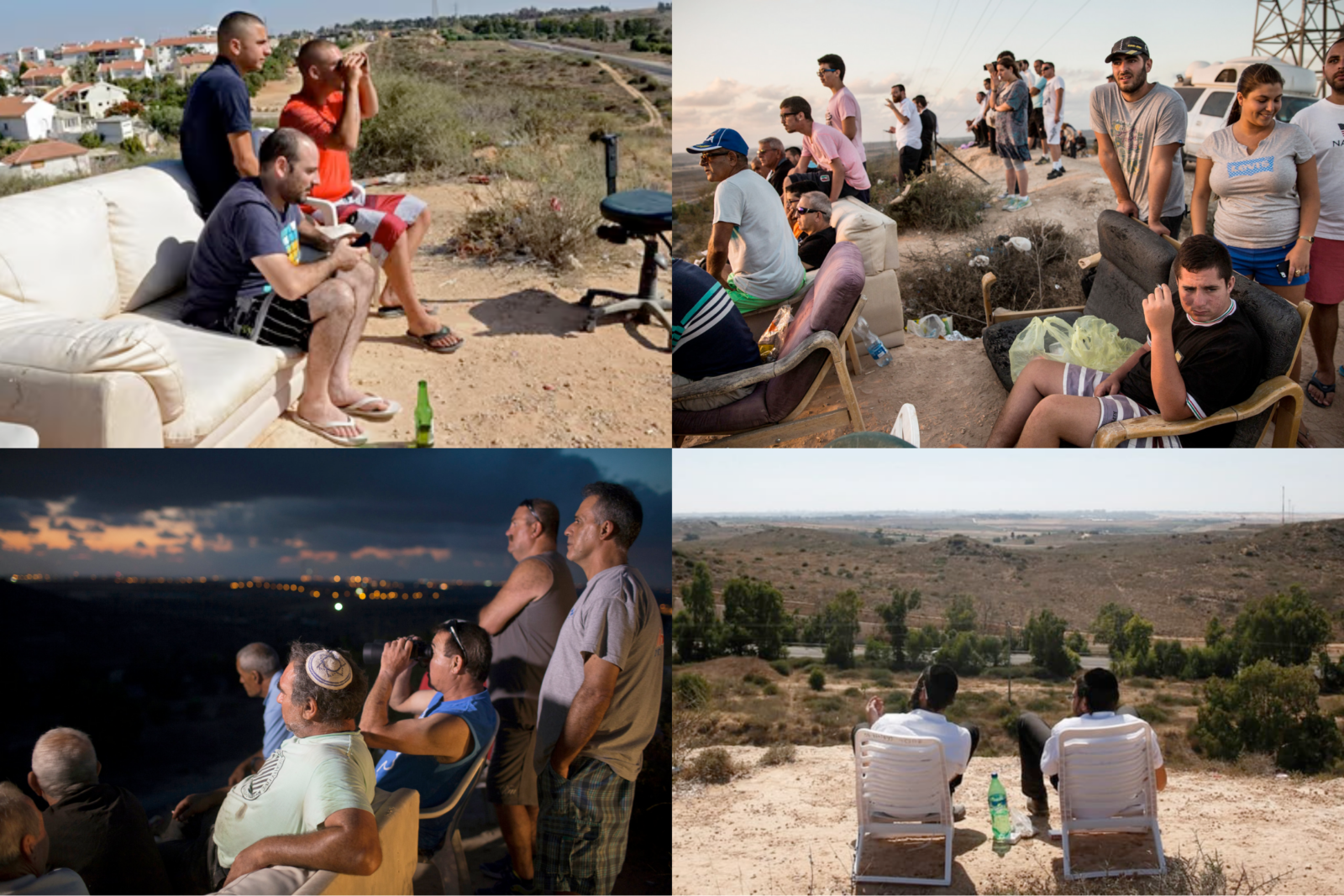
In 2014, The Guardian reported that some Israelis gathered on hillsides to watch and cheer as bombs fell on Gaza, treating the war as entertainment.
Fast forward to 2023, and following the Oct. 7 attack by Hamas, the Israeli government witnessed an unprecedented surge in voluntary enlistments, particularly from the ultra-Orthodox community.
When placed in this context, it appears that the support for military actions, which many Western media outlets continue to frame as "retaliation," is part of a larger narrative in Israeli society that rallies around these operations.
Whether it's cheering from hilltops or enlisting in droves, the trend suggests an alignment between military actions and public sentiment that goes beyond mere defense.
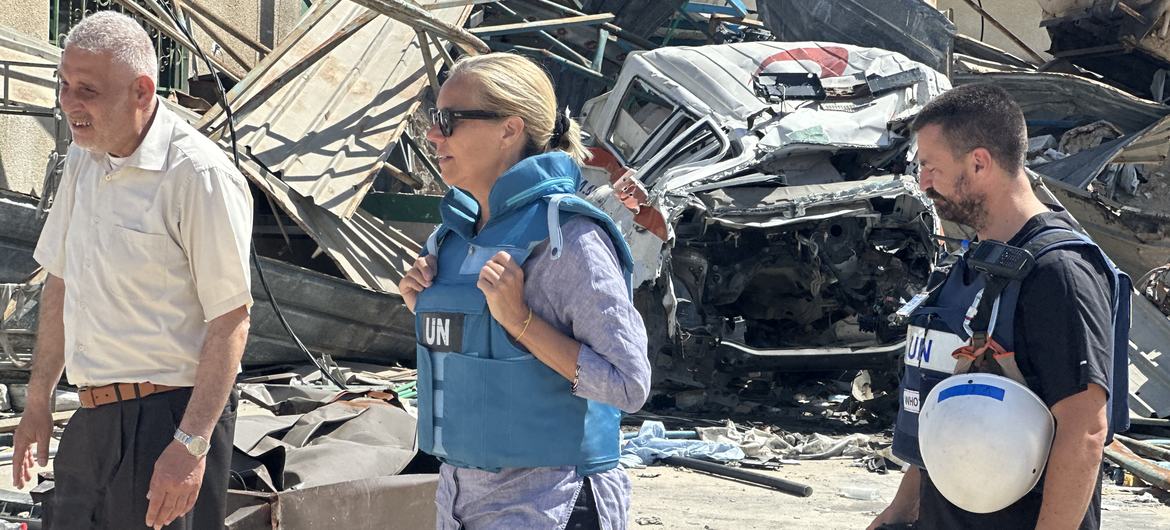
The humanitarian crisis in Gaza is staggering, but Western outlets rarely expose the full scope of the suffering. Humanitarian aid remains blocked from entering northern Gaza, leaving millions of civilians without food, clean water, or medical care.
Reports from UNRWA detail how Israel has systematically denied rescue missions to retrieve people trapped under rubble. Meanwhile, the World Health Organization (WHO) has struggled to evacuate critically ill civilians amid ongoing airstrikes.
While PTSD is a genuine and serious condition affecting many soldiers, it’s critical not to let these narratives overshadow the catastrophic loss of life among Palestinian civilians, who face airstrikes, blockades, and inhumane living conditions without respite.
The soldiers may suffer from seeing the devastation, but Israel’s blockade and denial of rescue missions have left countless civilians – who remain trapped under rubble – without aid, compounding their suffering. This imbalance in reporting misses the full scope of the human tragedy unfolding in Gaza.
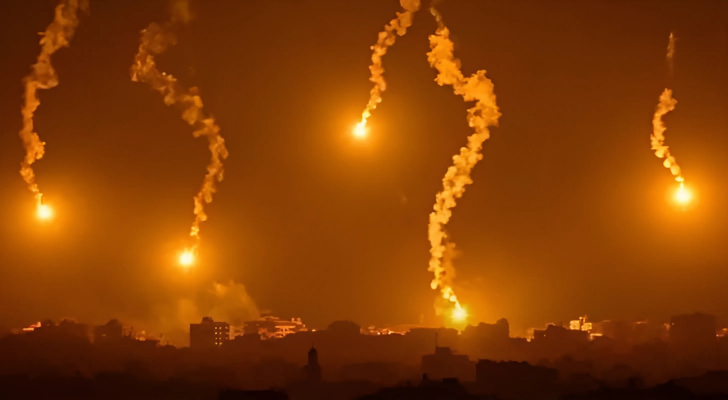
Western media frequently frames Israeli military actions as retaliatory or defensive measures, blurring the line between retaliation and outright war crimes.
Despite accusations of genocide and ongoing war crimes investigations by the International Court of Justice and International Criminal Court, the narrative consistently frames Israel as reacting to Hamas aggression, thus downplaying the systemic violence inflicted on Gaza’s civilians.
While the mental toll on soldiers is significant, the far-reaching humanitarian crisis, civilian deaths, and Israel's responsibility in exacerbating civilian suffering need equal attention.
At the same time, Hamas’ brutal attacks causing civilian deaths, such as the mass killings and kidnappings on Oct. 7, must also be unequivocally condemned. These acts of terrorism cannot be justified and have only deepened the violence in the region, perpetuating a cycle of brutality that harms both Israelis and Palestinians.
This imbalance in reporting doesn't just shape public perception – it perpetuates a narrative that dehumanizes Palestinians while normalizing the occupation and the violence against them.